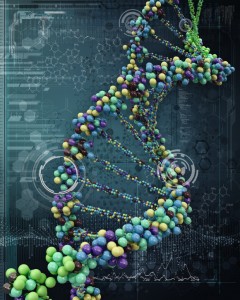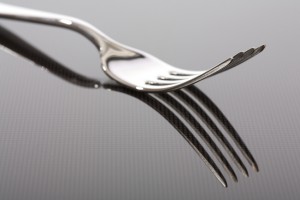What is Obesity
In an adult the diagnosis of obesity is most commonly made using BMI levels. These provide a measure to be viewed in parallel with the health risks of obesity. BMI is calculated as weight in kilograms (kg) divided by height in metres squared (m2). Ideal BMI is 18.5 to 24.9 kg/m2. The following classification is advised by NICE:
- A BMI of 25-29.9 kg/m2 is overweight.
- A BMI of 30-34.9 kg/m2 is obese (Grade I).
- A BMI of 35-39.9 kg/m2 is obese (Grade II).
- A BMI of ≥40 kg/m2 is obese (Grade III) or morbidly obese, meaning that weight is a real and imminent threat to health.
Waist circumference in men:
- <94 cm is defined as low risk.
- 94 to 102 cm is defined as high risk.
- >102 cm is defined as very high risk.
Waist circumference in women:
- <80 cm is defined as low risk.
- 80 to 88 cm is defined as high risk.
- >88cm is defined as high risk.
Waist circumference is used in combination with BMI to assess your health risk of obesity [tweetthis]Waist circumference is used in combination with #BMI to assess #health risk of #obesity[/tweetthis]
Obesity and Genetics
Obesity is the result of a complex pathophysiological pathway involving many factors that control adipose tissue metabolism. Cytokines, free fatty acids and insulin all play a part and genetic defects are likely to have a significant effect on the fine balance of this process. Nam H, Ferguson BS, Stephens JM, et al; Impact of obesity on IL-12 family gene expression in insulin responsive tissues. Biochim Biophys Acta. 2013 Jan;1832(1):11-9.

Obesity and Health
KRS2 is one gene that has recently been identified as being implicated in obesity and metabolic rate. DNA sequencing in over 2,000 obese individuals identified multiple mutations of the KRS2 gene, and mutation carriers exhibited severe insulin resistance and a reduced metabolic rate. It may be that modulation of KSR2-mediated effects may have the potential to have therapeutic implications for obesity.
Pearce LR, Atanassova N, Banton MC, et al; KSR2 mutations are associated with obesity, insulin resistance, and impaired cellular fuel oxidation. Cell. 2013 Nov 7;155(4):765-77.
Living with morbid obesity means living at risk for serious health conditions for both men and women combined where applicable. For example, the health risks of obesity are – in terms of the following diseases:-
Type 2 Diabetes
Hypertension
Myocardial Infarction
Colon Cancer
Angina Pectoris
Gall Bladder Disease
Ovarian cancer
Osteoarthritis
Stroke
Obesity and Health
Obesity increases the risk of breast cancer. It also increases the risk of carcinoma of the endometrium. Polycystic Ovary Syndrome PCOS is usually associated with obesity, as is stress incontinence. Obesity impairs fertility in males and females. Obesity increases the risk of fatty liver, along with other features of the metabolic syndrome. Obesity is an important risk factor in the development of chronic respiratory disorders such as COPD, asthma, obesity hypoventilation syndrome, obstructive sleep apnoea. If the person develops a surgical condition, diagnosis is more difficult and almost every postoperative complication is more frequent, including deep vein thrombosis DVT chest infection and wound dehiscence. Not only is osteoarthritis more common but treatments such as total hip replacements are more likely to be problematical in obesity.






